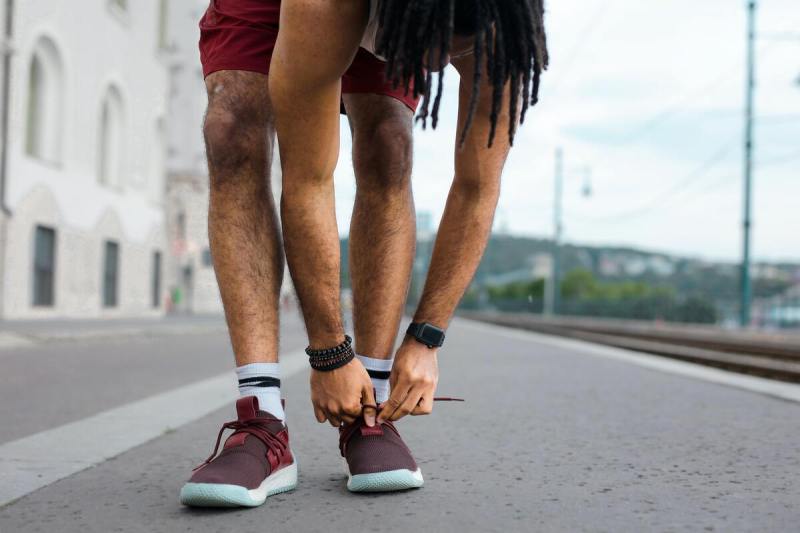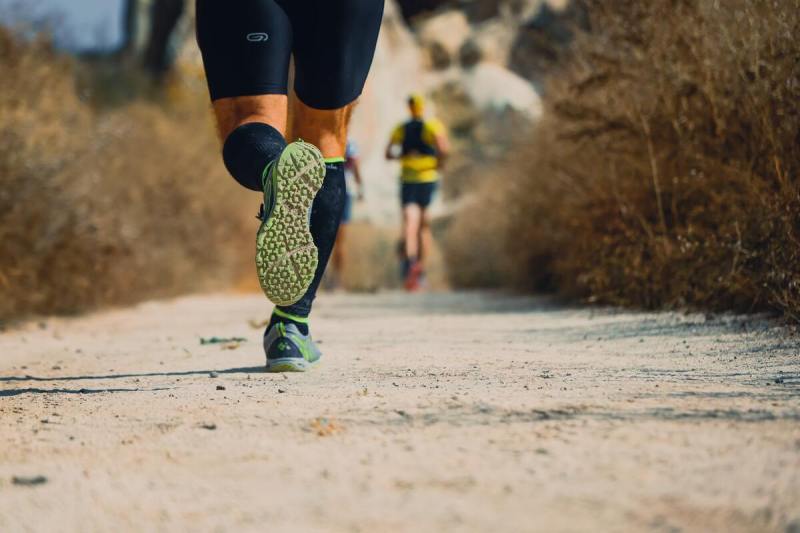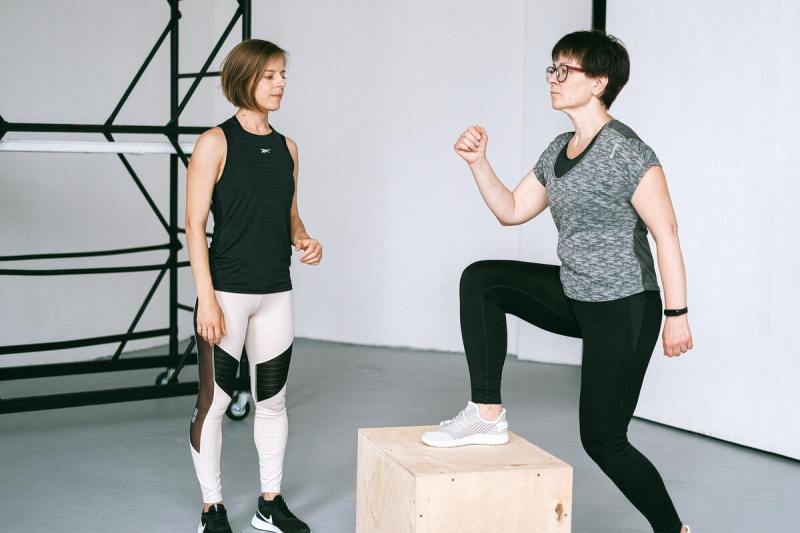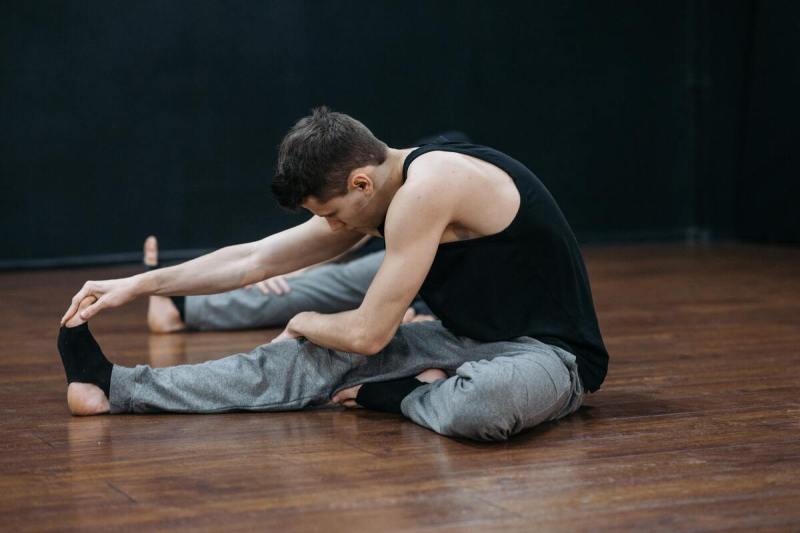
Workout schedules that include activities like running, walking, and dancing can leave you with uncomfortable and persistent piercing pain that shoots up your shins. It is possible to overwork the muscles, tendons, and bone tissues as your workout becomes more strenuous or as you use different muscles.
Have you ever had to change or stop your workout schedule because of pain and discomfort along the shin bone? Then you’re most certainly suffering from shin splints! The pain may initially go away if you stop exercising, but it could become constant and lead to a stress reaction or fracture.
Even if you haven’t experienced shin splints before, knowing how to prevent them will help you maximize the benefit of your workouts. This overview provides simple tips for a better workout to prevent shin splints. It will also guide you toward a better workout without uncomfortable pains that can alter or stop your fitness routines.
What are shin splints?
Shin splints are also commonly referred to as medial tibial stress syndrome. It refers to symptoms that include pain in the front and occasionally the inside of the lower leg near the shin bone called the tibia. Shin splints typically occur when you put excess pressure on your feet and surrounding tissues.

What causes shin splints?
Overusing the muscles and bone tissue of your lower legs might result in shin splints. This may be because of the following:
Overworking the shin muscles
Repetitive tension on your shinbone and the connective tissues that join your muscles to the bone can lead to shin splints, even though your shins can support up to six times your body weight during exercise. When strong calves repeatedly tug on lesser muscles close to the shin, it can cause tension and leg pain. It occurs most frequently during high-intensity exercise or sports, including running and jumping.
Rapidly increasing exercise volume or intensity
Shin splints frequently develop following abrupt shifts in physical activities. This can be exercising without stretching during warm-up, increasing the number of days you work out each week, and making changes in duration and intensity, such as jogging farther or up hills. Shin splints can happen to anyone who begins a new workout regimen or picks up the pace of their current sport or physical activity.
Wearing unsupportive shoes
Wearing uncomfortable shoes or footwear without adequate support can cause shin splints. Well-cushioned shoes with sufficient shock absorption, arch support, and deep heel cups might be particularly helpful for preventing shin splints. This is because suitable cushion and support help neutralize the feet, which benefits the legs.
Running on hard and uneven surfaces
Shin splints can result from running on hard surfaces like concrete sidewalks, uneven roads, or trails. This forces the body to constantly adjust, which can result in strains and shin splints.

5 shin splints exercises
Here are a few shin splint workout examples for you to try. Remember to begin each exercise slowly, and if you experience pain, stop the exercises.
1. Step-ups
As the name suggests, this exercise is similar to climbing the stairs, where you step up on a box and step down with the same leg. The height of this box can increase as your strength and technique increase.
Instructions
- Place a box on a level surface.
- Put one foot on the box, allowing your knee to bend at an angle or your hip crease positioned just below your knee. You can solely use your body weight or add dumbbells.
- Push through the heel of your elevated foot to bring your whole body up, and place your other foot next to the other one on the box.
- Step gently down with the non-leading leg, reset, and do it again.
- As your strength and technique increase, you can gradually allow your knee to bend to a 90-degree angle.
2. Bent knee calf raises – soleus
This workout involves standing with a leg on a step and bending the knee slightly. You can move the heel slowly and control it upward and downward.
Instructions
- Place a box on a level surface.
- Step on the box with one leg and bend the knee slightly.
- Raise your heel slowly up and down. Distribute your weight equally across each foot’s five toes and avoid favoring your big or little toe.
- Hold briefly before lowering your heels back to the floor slowly and firmly.
- You may add to your weight by using dumbbells if you have the stamina.
3. Soleus squats
This exercise works the quadriceps, which are essential for absorbing weight while running, and the soleus muscle, one of the main calf complex muscles.
Instructions
- Raise yourself onto your toes while leaning against a wall.
- Gently slide down the wall, allowing your knees to be flexed to about 80 degrees.
- Hold this position on your toes for 30 seconds.
- Repeat this up to six times.
4. Banded ankle inversion
This exercise strengthens the inner shin muscles.
Instructions
- Tie one end of a resistance band to a stationary solid object and the other to your right foot while sitting down.
- Ensure the unmovable object is on your right and your right leg is out in front of you with a good amount of resistance on the band.
- Pull the band away from the object or toward your body’s midline.
- Repeat this movement for up to 12 reps before switching to the other side.
5. Rolling the feet
This workout reduces foot muscle tension and eases the pain you can experience from shin splints. It also prevents the recurrence of shin splints if done for a few minutes daily.
Instructions
- Relax your forefoot and toe on a small ball as you lift your heel off the ground.
- Roll the ball from left to right to expand your joints, beginning with your big toe.
- Roll your foot slowly down the ball for around 60 seconds.
- Apply more pressure to the delicate areas.

Tips on how to prevent shin splints
A shin splint is an overuse injury that develops when the muscles, tendons, and tissues surrounding the tibia become inflamed. While this injury may not always be preventable, you can decrease your chances of getting or worsening it. You can reduce your risk by doing the following:
- Stretching your hamstrings and calves.
- Strengthening the muscles in your lower body.
- Increasing your activity level and intensity gradually as you get started.
- Alternating training with lower-intensity exercises.
- Taking a break between activities to give your muscles and bones a chance to recover.
- Exercising in supportive footwear.
- Staying away from hard, uneven, or mountainous surfaces when running.



